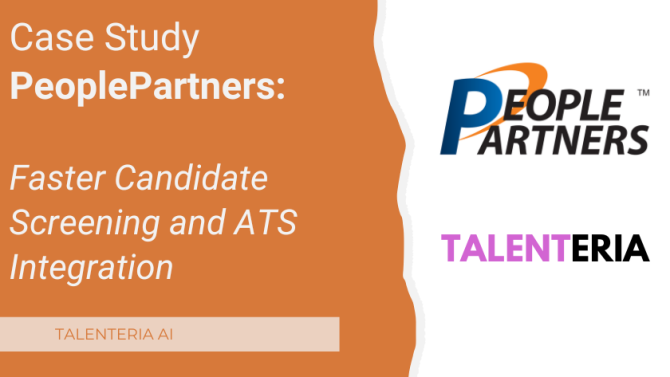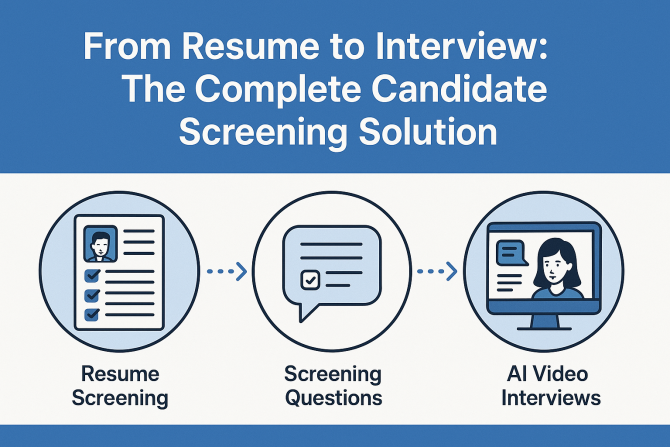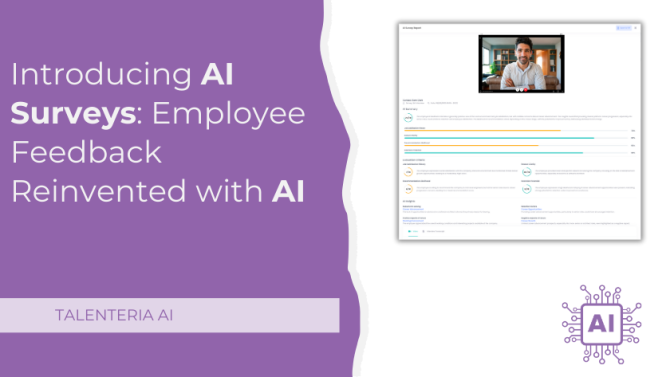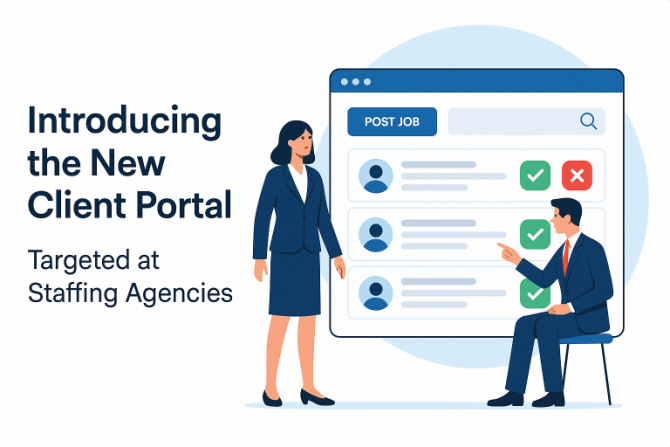
A Crash Course on Developing a Candidate Journey
What is the last purchase you made? Was it an impulse buy, or did you spend a lot of time considering and researching various products before settling on the one that's best for you? If you did the latter, then you are among millions who engage in the same process. You have just taken a customer journey.
A candidate journey, also called a job journey, is similar to this, only it takes place during the job hunt. It starts with the candidate looking up what kind of companies they want to apply to and digging around about what kind of corporate culture they can expect before making an application.
What Is a Candidate Journey?
So, what exactly does this candidate journey look like? Where does it start? What is the destination? What is the route we have to travel over?
There are several stops a candidate makes along their journey. In this section, we will look at all the major steps a candidate must go through to complete their job journey.
Awareness
This is where it all begins. The candidate must be aware of your job opening in order to apply. This can happen in several ways. For example, they may come across a vacancy listed on LinkedIn or Glassdoor by browsing your company’s social media accounts, through a referral by a friend or family member, or even through a combination of a few factors. The possibilities are endless.
As a corporation, it is your responsibility to attract new talent to you. Whichever way you achieve this, make sure you have an idea of what your ideal candidate will be like.
Consideration
In this stage of the candidate journey, the candidate starts to consider whether a company is a good fit for them. They do this by considering the brand image of the company, which companies build for the express purpose of attracting talent. This can be done by consistently putting forward a narrative of satisfied employees on social media. Key is the building of a brand image and demands attention.
Interest
Impressed by the brand image of the company, the candidate now takes an active interest in the company of their choice. In an effort to find out more about the company, they start looking into the corporate culture beyond what you may have posted on social media. They want to be sure that this is the place for moving forward with the next step.
Application
This is the most important step in the candidate journey. You might know from personal experience that lengthy and drawn-out application processes do not work. If the candidate feels like it is too much work, they might not even complete it. Here are a few things you can do make the experience better:
- Either complete the application process yourself or have someone else from the company do it. This helps you notice details that might otherwise ruin the experience for a candidate.
- Due to the advent of smartphones, most candidates do their job searches and applications there. So, make sure that your application page is mobile-friendly. If not, the chances are good that candidates will never complete it.
- Communicate with your candidate throughout the application process. Let them know what’s going on because the main reason why candidates apply to other places is that nobody ever got back to them. Feeling abandoned is not nice, so you should strive to support them in any way you can.
Selection
Keep in mind that this does not only refer to you selecting the right candidate but also the candidate selecting you. It is only during the interview phase that a candidate comes in direct contact with representatives of your company, and this is the most crucial juncture because it is here they find out for good whether the role and the company suit them.
This is the part of the job journey in which you should tell them what they are getting themselves into. Explain all the perks and challenges that come with the position, and invite questions from them. Both parties are present to gauge each other, so put all your cards on the table.
Hiring
This is where you extend the offer for the candidate to either accept or reject. If you have done your job properly, made things easy, and met the candidate’s needs and expectations, then there is no reason for you not to gain a new member for your team then and there. All the above steps feed into each other and should not be considered separate from one another.
All of those steps working together in concert make sure your company is an attractive place to work.
Onboarding
Hiring is a costly process, especially when you consider that a big portion of new hires doesn’t last long after being hired. To not waste all the hard work you put into getting this far, it is important to make the onboarding process of the candidate journey as smooth as possible for new hires. Here are a few ways how:
- First-day nerves a real thing, so put your new hires at ease. Provide them with a welcome kit, a personalized note, and an email telling them all they need to know to get through their first day at work.
- Try to build kinship among new hires across departments. This will serve as an ice-breaker, plus they will get to know more people they will be working with. You can always partner new hires up with a seasoned employee, but it isn’t as effective a team-building exercise.
- Give them time to get to know their direct managers. It helps when you know the person you’re working under, and having some one-on-one time for both parties to get to know each other will pay huge dividends.
- New hires are looking for direction, so give them their goals early on, so they don’t develop unrealistic expectations and overwork themselves in a bid to impress others and keep their job. Nobody wins in that scenario.
- Having been recently subjected to the hiring process, there is no one better to speak of its efficacy than new hires themselves. Use their testimony in video packages you put on social media and allow them to sit in on meetings and interviews with new applicants.
This is an overview of a typical candidate journey. It is a long but important process. However, what makes it so important? Let’s find out!
Why Does the Candidate Journey Matter?
An overwhelming number of candidates have only bad experiences of their application and hiring processes to share. This is mostly because candidates are deemed unimportant and treated as such. A hiring manager, in my own experience, forgot about a candidate sitting in the interview room for two hours as she went off to lunch. As you can imagine, this does not create a very positive image of your company.
One of two things happens whenever you come in contact with a candidate - you either make a positive impression, or you make a negative one. In a time before the internet, a company could get away with ignoring the needs of the candidate. Not so anymore. A single horrible review smeared across social media can tank your recruitment chances.
Whereas, before, only the candidate and people within their sphere of influence would have forsaken you, now you stand to lose much, much more. You lose not just your brand value but also your existing team. If they see the company treats new hires and candidates poorly, they will not place brand loyalty very highly.
Disgruntlement among candidates is something you should seek to eliminate, and that is why the need for a smooth job journey is paramount.
How to Create a Great Candidate Journey
Creating a candidate journey is like planting a seed. It takes a lot of time, investment, and trial and error to make a job journey that can be optimally effective. You won’t hit your stride right away, but here are a few tips to give you an idea of what you can do:
You need to treat people like people. Give them a personalized experience. Failing that, a regular experience, but give them something. Most people never even hear back anything about their application and move on, disheartened and angry. Never allow this to happen.
Make a plan about what you would like to go through on a candidate journey had you been the one applying. Draft this plan with others, taking ideas from everyone who wants to give them, and then make this a reality. Only give to others what you yourself are fine with receiving.
Do not repeat the same mistakes. You will end up distancing a few candidates, and you will mess up the overall experience with a few more. It is important to recognize what you did wrong, identify where on the plan you took this nosedive, and make sure you never repeat it again. As long as you do that, it should be fine.
Create a Great Candidate Experience With Talenteria
Everybody has had - and will continue to have - bad experiences from their days as a candidate. It is inevitable because perfection is but an illusion. However, though it may be so, you should always strive to give your candidates the best job journey you can. This will not only keep your company alive and fresh but will also raise morale and keep your workforce productive.
Need help with a candidate journey? Contact us today with your query and get the best and most effective solutions at your disposal!





